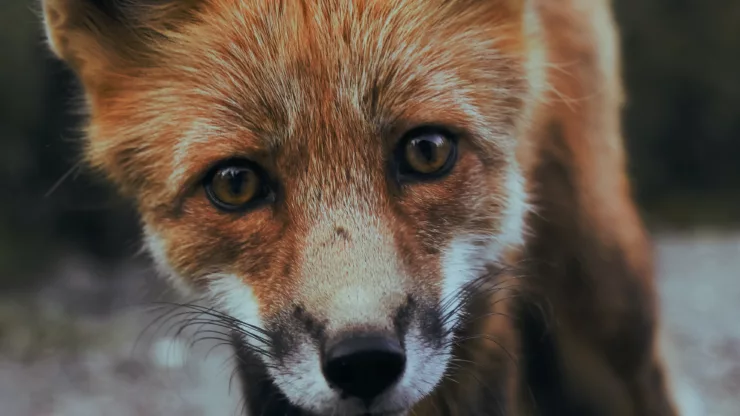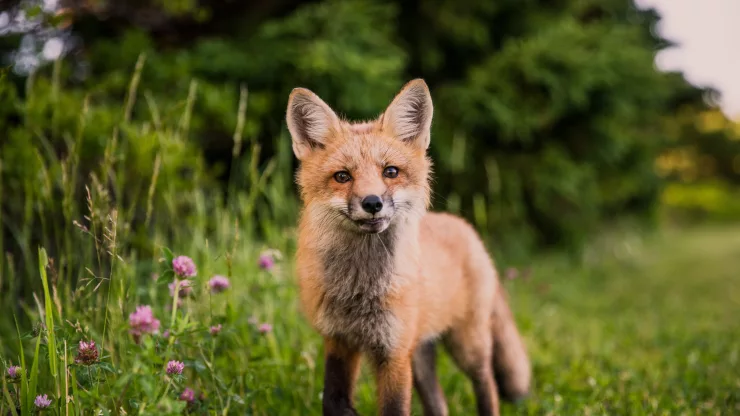Solving the Urban Stray Animal Problem: A Comprehensive Approach
Urban stray animals are a common sight in many cities around the world.
These animals, which include dogs, cats, and other domesticated animals, often live in unsanitary conditions and can pose a threat to public health and safety.
Solving the urban stray animal problem requires a comprehensive approach that involves community involvement, effective animal control measures, and long-term solutions for stray animals.
Jump to Section
Understanding the Urban Stray Animal Problem
The urban stray animal problem is a complex issue that is caused by a variety of factors, including overpopulation, lack of responsible pet ownership, and inadequate animal control measures.
In many cases, stray animals are abandoned by their owners or are born on the streets.
These animals often suffer from malnutrition, disease, and injuries, and can be a danger to themselves and others.
To address the urban stray animal problem, it is important to understand the root causes of the issue and to develop comprehensive solutions that address the underlying factors.
This requires collaboration between government agencies, animal welfare organizations, and the community at large.
The Importance of Community Involvement
Community involvement is essential for solving the urban stray animal problem.
This includes educating the public about responsible pet ownership, promoting spaying and neutering of pets, and encouraging the reporting of animal abuse and neglect.
Communities can also work together to establish animal welfare organizations and shelters, and to provide resources for animal care and rehabilitation.
By working together, communities can make a significant impact in reducing the number of stray animals in their neighborhoods.
Implementing Effective Animal Control Measures
Effective animal control measures are necessary to manage the population of stray animals in urban areas.
This includes enforcing laws and regulations related to animal ownership and welfare, providing animal control services, and managing animal populations through spaying and neutering programs.
Animal control measures can also include the use of technology, such as microchipping and GPS tracking, to identify and locate lost or abandoned animals.
By implementing effective animal control measures, urban areas can reduce the number of stray animals and improve public safety.
Providing Long-Term Solutions for Stray Animals
Long-term solutions for stray animals include providing shelter, veterinary care, and adoption services. This requires collaboration between government agencies, animal welfare organizations, and the community.
By providing long-term solutions for stray animals, we can improve their quality of life and reduce the burden on animal control services.
This also helps to promote responsible pet ownership and reduce the number of stray animals in urban areas.
FAQ
What is the best way to report a stray animal?
If you see a stray animal, you should contact your local animal control agency or animal welfare organization.
They can help to safely capture and care for the animal, and can work to locate its owner or find it a new home.
What can I do to help reduce the number of stray animals in my community?
You can help to reduce the number of stray animals in your community by promoting responsible pet ownership, supporting spaying and neutering programs, and reporting animal abuse and neglect.
You can also volunteer with local animal welfare organizations or donate to their efforts to care for and rehabilitate stray animals.
Solving the urban stray animal problem requires a comprehensive approach that involves community involvement, effective animal control measures, and long-term solutions for stray animals.
By working together, we can improve the lives of stray animals and promote responsible pet ownership in our communities.
I’m a nature enthusiast and creator of Metro Wilds and have spent years exploring the great outdoors.
With a passion for environmental conservation and sustainability, I have dedicated my career to writing about the beauty and wonders of nature, as well as the threats facing our planet.
Contact me at [email protected] for assistance.





